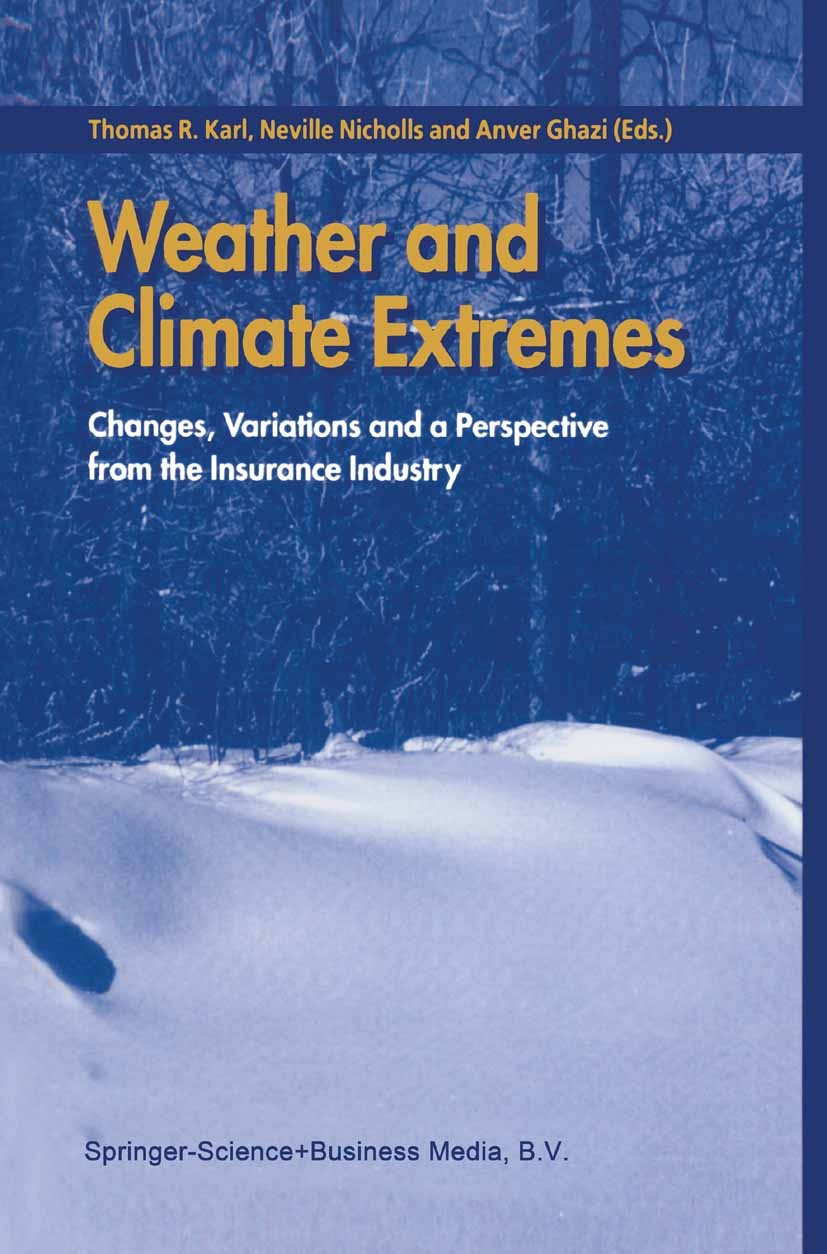Orographic and land-sea contrast effects in convection-permitting simulations of extreme sub-daily precipitation
IF 6.9
1区 地球科学
Q1 METEOROLOGY & ATMOSPHERIC SCIENCES
引用次数: 0
Abstract
Convection-permitting climate models (CPMs) represent a significant advancement compared to regional climate models, enabling more accurate simulations of extreme precipitation at fine spatial and temporal scales. Assessing the reliability of CPM projections for extreme short-duration precipitation requires understanding how well CPMs reproduce observed extremes—especially in Mediterranean regions, where such evaluations are rare. In this study, we assess the accuracy of simulations from a high-resolution CPM covering the entire Italy (VHR-PRO_IT), in reproducing sub-daily precipitation extremes. For this, we exploit observations from I2-RED, a comprehensive dataset of more than 5 000 quality-checked annual maximum time series from rain gauge observations. The comparison is performed by considering the median values of the annual maxima at 1, 3, 6, 12 and 24-h as a first step and rainfall quantiles up to 200-year return period as a second step. Our results show that model performance is influenced by both the distance from the coastline and elevation, highlighting an important role of orography and land-sea contrast in explaining CPM biases. Moreover, we find better performances when longer duration extremes are considered, while shorter durations are affected by strong underestimations, especially in coastal and low-elevation areas. These results hold significant implications for stakeholders and policymakers dealing with climate adaptation and flood risk management.
在允许对流的极端次日降水模拟中的地形和陆海对比效应
与区域气候模式相比,允许对流的气候模式(cpm)取得了重大进展,能够在精细时空尺度上更精确地模拟极端降水。评估极端短持续时间降水CPM预估的可靠性需要了解CPM如何很好地再现观测到的极端情况,特别是在地中海地区,这种评估很少。在这项研究中,我们评估了覆盖整个意大利的高分辨率CPM (VHR-PRO_IT)模拟在再现亚日极端降水方面的准确性。为此,我们利用了I2-RED的观测数据,I2-RED是一个综合数据集,由5000多个经过质量检查的雨量计观测的年度最大时间序列组成。将1、3、6、12和24小时的年最大值的中位数作为第一步,将200年回归期的降水分位数作为第二步进行比较。我们的研究结果表明,模式性能受到距离海岸线和海拔高度的影响,突出了地形和海陆对比在解释CPM偏差方面的重要作用。此外,我们发现当考虑较长的持续时间极值时,性能会更好,而较短的持续时间受到严重低估的影响,特别是在沿海和低海拔地区。这些结果对处理气候适应和洪水风险管理的利益相关者和决策者具有重要意义。
本文章由计算机程序翻译,如有差异,请以英文原文为准。
求助全文
约1分钟内获得全文
求助全文
来源期刊

Weather and Climate Extremes
Earth and Planetary Sciences-Atmospheric Science
CiteScore
11.00
自引率
7.50%
发文量
102
审稿时长
33 weeks
期刊介绍:
Weather and Climate Extremes
Target Audience:
Academics
Decision makers
International development agencies
Non-governmental organizations (NGOs)
Civil society
Focus Areas:
Research in weather and climate extremes
Monitoring and early warning systems
Assessment of vulnerability and impacts
Developing and implementing intervention policies
Effective risk management and adaptation practices
Engagement of local communities in adopting coping strategies
Information and communication strategies tailored to local and regional needs and circumstances
 求助内容:
求助内容: 应助结果提醒方式:
应助结果提醒方式:


